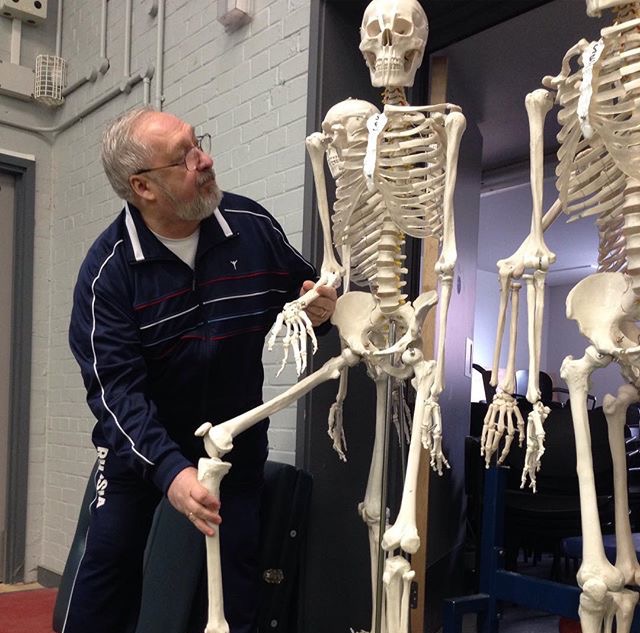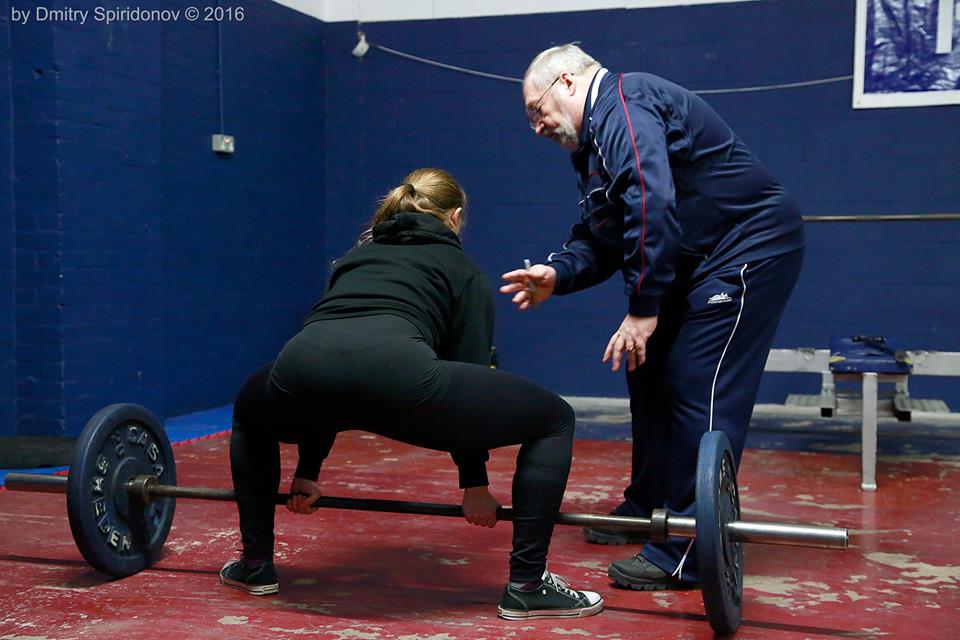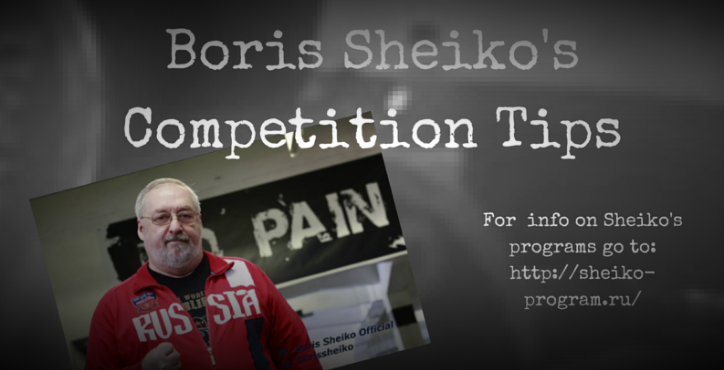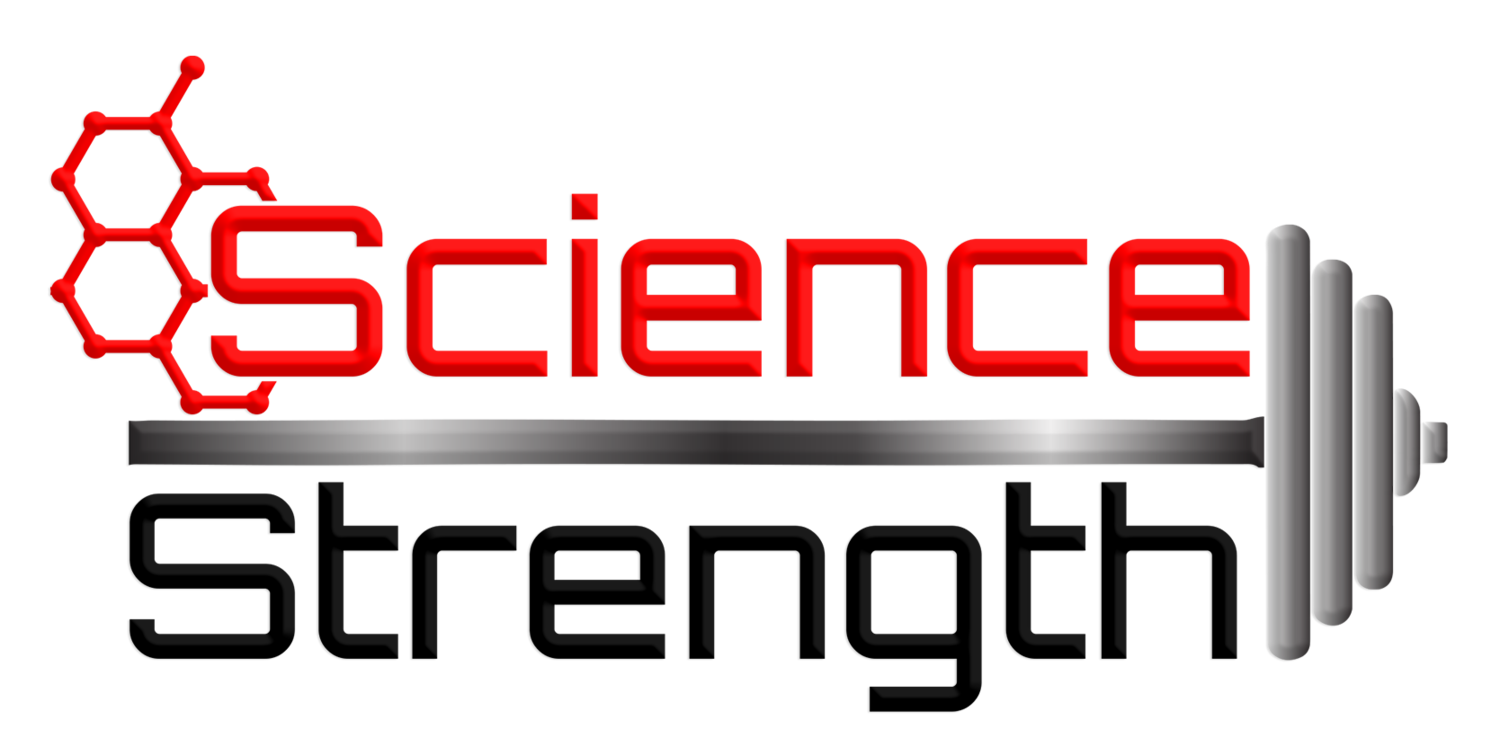What fits better to the name of my blog, than writing about the only professor of powerlifting who came from Russia with strength? I had the amazing opportunity to accompany Boris Sheiko on his 2016 UK tour and acting as his interpreter. Professor Sheiko was the head coach of the Russian national powerlifting team for 7 years. At that time, his team was undefeated and his athletes won 39 gold medals and 22 silver medals at world championships. Spending three days with Boris Sheiko I got a great insight into his training strategies, ideas and coaching principles. I would like to start with his most important advice:
"It is never too late to fix technique!"

Photo taken from Boris Sheiko's Instagram page
At the seminars participants had the chance to lift in front of Boris Sheiko and got individually tailored advice on how to improve their technique. I realised that some technical inaccuracies appeared throughout the board, actually the same I make. Here is an overview of the most common mistakes and Boris Sheiko's suggestions how to fix these.
Squat
Depth: If you can't get deep enough and break parallel, do pause squats. When you pause, the weight on the bar will push you down and bring you into the right position. If your squat is too low (weightlifter-style) then you waste your energy. Do box squats using a slightly below parallel box (in height) in order to get used to the right depth. However, don't sit down, just touch the box and go straight back up. The important thing is to keep tight and not to relax the back.
Knees go in: If your knees go in on the way up, most likely your adductors are weak. You can strengthen them by using adductor machine or doing exercises with rubber bands.
'Squat morning' If you 'good morning' your squat (butt shoots up first) on the the way up, then your legs are probably too weak. Implementing front squats in your training routine and doing squats holding a 8-10 kg kettlebell in front of you when you warm up, can help you to fix your 'squat morning'.
Bench press It is important to note that there two 'types' of competition bench press: 1. narrow grip - targeting more the triceps 2. wide grip - targeting more the chest muscles
Every time, when a novice lifter comes to Boris Sheiko's gym, he has to show how he does close grip bench press. If the lifter pulls his elbows in, then narrow grip is more suitable for him. In contrast, if the lifter flares his elbows out, then he should widen his grip and use the more chest-dominant technique in the future. For those who do wide grip bench press, dumbbell fly and pec deck are useful assistance exercises. They stretch and strengthen chest muscle, tendons and ligaments.
Most lifters were encouraged to work on their arch, especially those, who compete in the lighter weight classes. Light lifters do not have any reason not to arch (except an injury prevent them from doing it). Both, arching and wider grip, shorten the range of motion and allow powerlifters to lift more weight. In this case, the shorter the better, especially if it is about winning a championship.
Another great advice from Boris was decreasing the speed of the bar before touching the chest. For competitive lifters it may significantly decrease the time the bar has to be hold on the chest before getting the 'press command'. Actually, Boris Sheiko makes all his athletes pausing the first rep of each set, no matter if they have a 'one rep set' or 'five reps set' planned in their training. The aim is to automate the performance of competition lifts. The competitor has to lift automatically, as competitions are usually very stressful and the time to think about one's technique is lacking. The same applies for locking out the elbows. Dear competitive lifters, please, lock out your elbows at each single rep in training.
Deadlift
Deadlift practice was most most entertaining part of the seminar. 90% of the lifters made the same 'mistake' (me included): Jerking the bar. Boris Sheiko stressed multiple times that powerlifting - in contrast to olympic weightlifting - is not about explosiveness, but strength. The lifts have to be performed slowly and not jerkily. Even when a lifter warms up using light weight, it isn't a reason to make the bar fly off the ground. It is an useless waste of energy. Experienced lifters put just as much energy into a lift, as it is required to move the weight, no matter if 100% of 1 RM are on the bar or just 50%.
Another inaccuracy is that many lifters look down, instead of looking straight or keeping the head neutral. Boris wondered: "What are you looking for? There is no money on the floor."
The technique coaching part allowed me to understood why many of Boris Sheiko's programs include deadlifts with pause. Many lifters lock out their knees too early or keep the bar too far away from the body during the lift. This takes the legs out of the movement. The back has to do most of the work. When pausing it is hard to keep the bar far away from the body. For this reason, most lifters will pull in the bar automatically when doing pause deadlifts and get used to keeping the bar closer to the body.
Last but not least, the Powerlifting Professor was very surprised finding out that most participants do conventional deadlift and not sumo deadlift. Although, sumo deadlift is not ideal for everyone, many lifters could benefit from the shorter range of motion and the fact that two of the biggest and strongest muscle groups; leg and back muscle; work simultaneously when pulling sumo. Boris highly encouraged the participants to give sumo deadlift a try. One should practice sumo deadlift for at least one month before deciding which deadlift version to use. As all good things go by three, also I am back to pulling sumo. I tried switching to sumo two times already, but went back to conventional every time. Now, I am looking forward to repeat this challenge.

For more info on Boris Sheiko and his programs check out his web page and his facebook page.
Part 2 of the series: Epic Programs for Epic Lifters – Boris Sheiko’s Secret Weapons
If you are hardcore powerlifter, I have a special bonus for you:
Powerlifting competition preparation - 5 things Boris Sheiko recommends

Click here to get Boris Sheiko's competition tips into your inbox!
